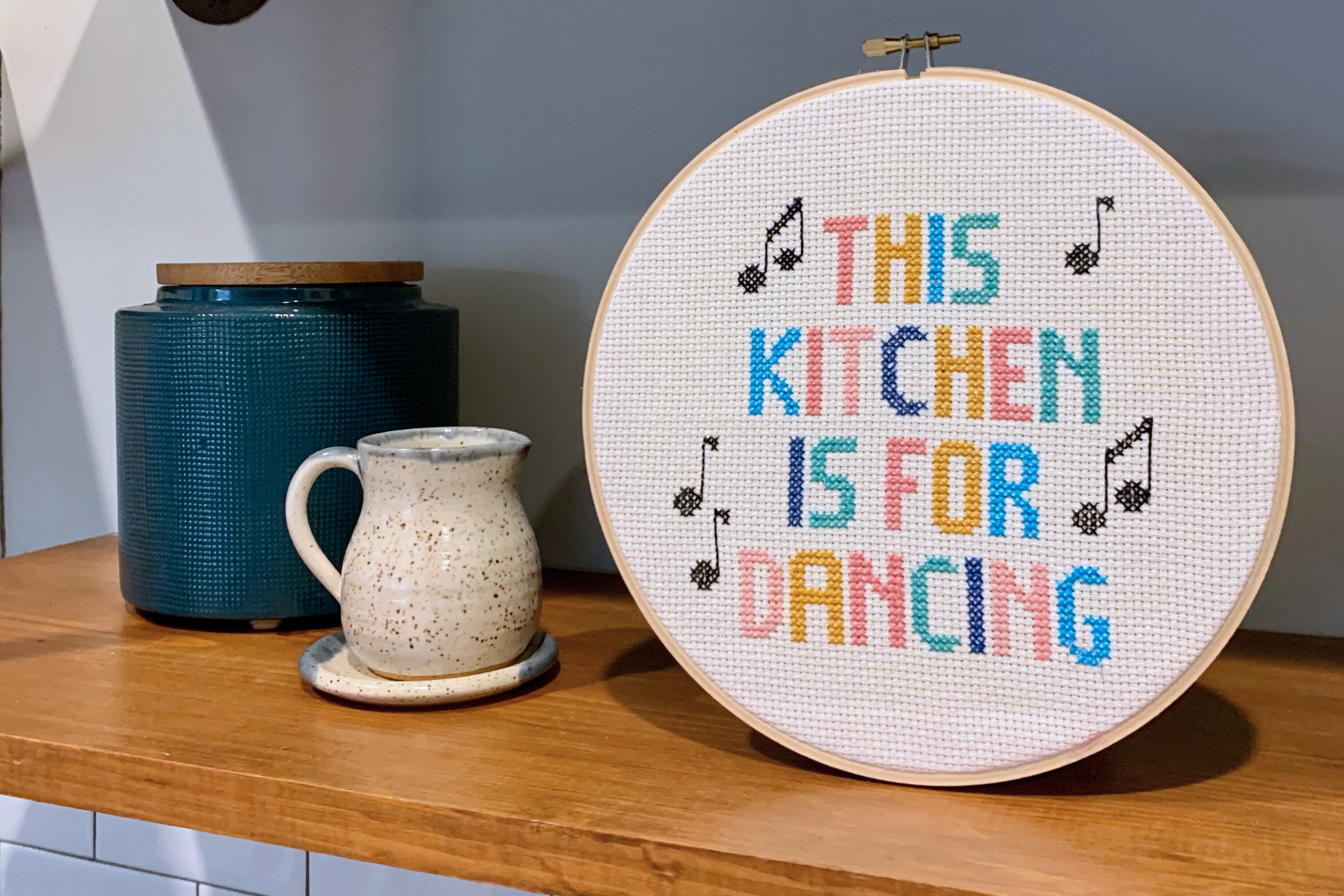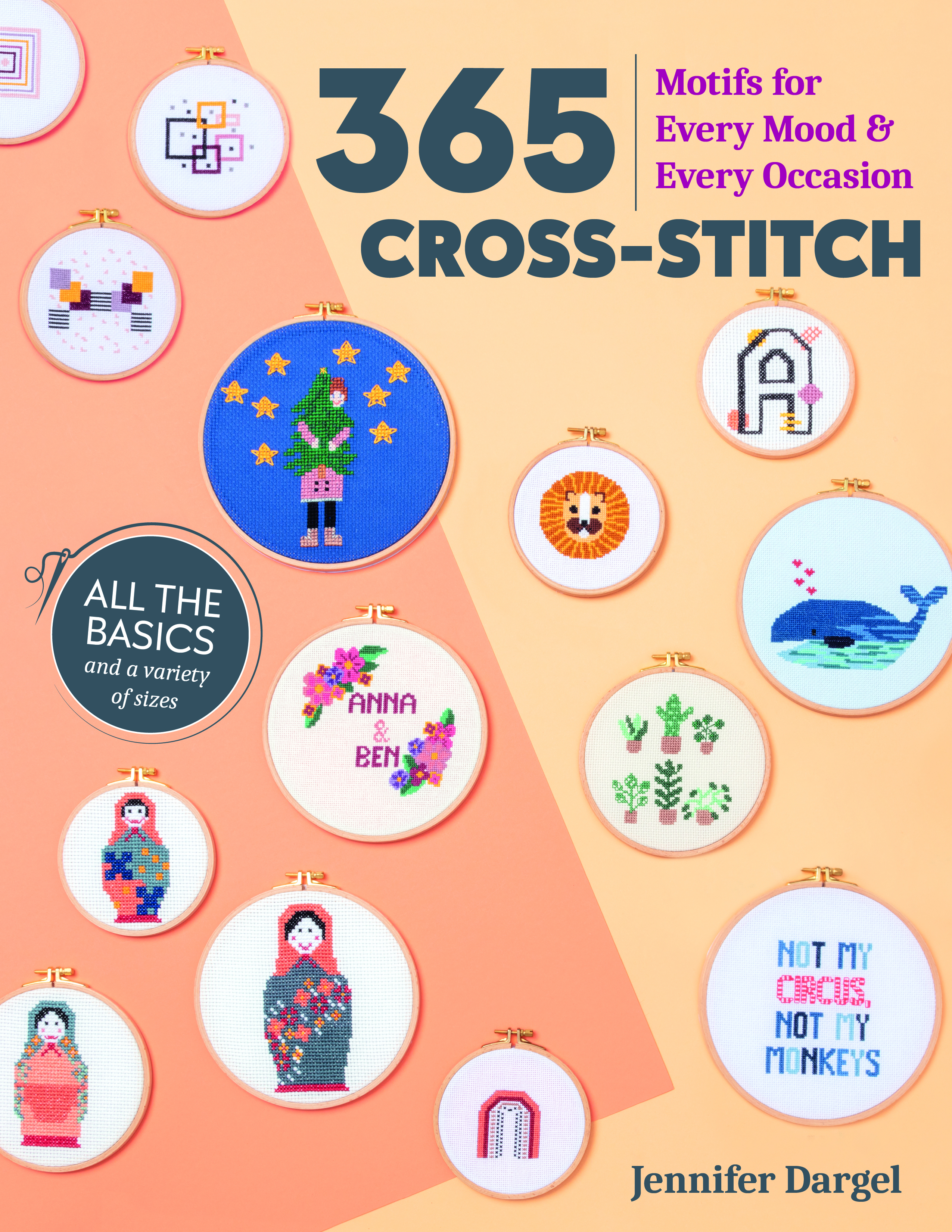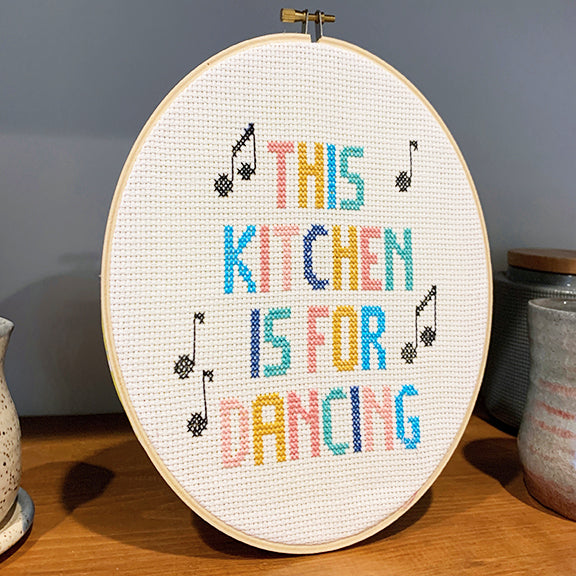
Not your Grandmother's Cross-stitching, but she'll still be proud!
Share
As a Xennial, I grew up with gorgeous cross-stitched art hanging on the wall with prayers and poetry accompanied by gorgeous flower scenes and forest animals. I was lovingly taught to cross-stitch by my grandmother. She was a gentle, kind, and loving instructor with infinite patience, but, like most members of the Greatest Generation, you did things the right way or didn’t do them at all.
I was taught to fold my aida cloth in quarters and mark the middle of my project with a small piece of floss. From there, you were to find the center of your design chart and work outward. You should never knot your floss when starting or finishing. Instead, you must catch the tail as you stitch. Speaking of stitching, the back of your design that would be covered up eventually needed to be as neat and clean as the front.
True confession time: All these rules made me absolutely hate cross-stitching.
I found starting from the middle to be incredibly difficult. Inevitably, my eyes would cross in the middle of all those squares and lose count. This usually meant I’d stitch an entire color section to find out my stitches from the last section were off by a row, and everything had to be ripped out.
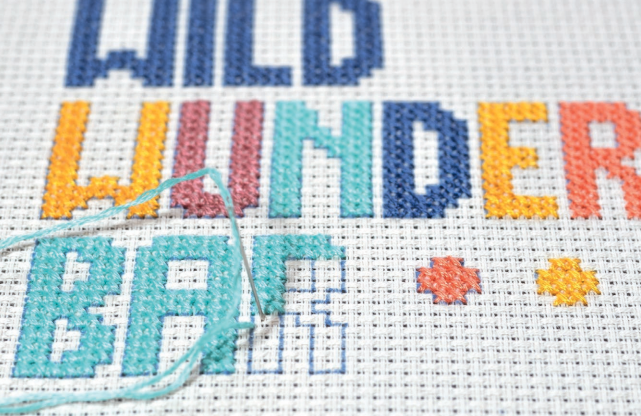
Did I mention… I also always choose the biggest, most complicated design when learning a new craft. Go big, or go home! (It’s a wonder I finish anything!)
Enter 365 Cross-Stitch: Motifs for Every Mood & Every Occasion by Jennifer Dargel.
This book is fantastic for the beginner looking to learn or the seasoned cross-stitcher looking for something quick and fun to stitch up in a flash. Jennifer takes the time to outline all the supplies you might need, the different kinds of cross-stitch cloth, hoops, needles, and marking pens. Marking pens?? Oh yes, friends. No more quartering your fabric or accidental miscounts with your stitches! With the dawn of air, water, and heat-soluble pens, Jennifer recommends marking out your pattern before you stitch. Also, Jennifer gives you two options for securing your floss as you stitch, the age-old method of stitching over your thread, or *gasp* making a simple knot! Listen, I’m a rule follower; I really needed someone like Jennifer to give me permission to knot my thread and mark my stitches! These were game changers in my frustration levels with cross-stitching.
But that’s not the only thing that was a big help! I’m in the publishing business, so it’s no surprise I love a good print book. However, because I started stitching before this book was released, I was given a digital review copy to work from.
Do you want to know the best part about eBooks and cross-stitch? ZOOM! No, not the conference call app; I mean the magnifying glass on your eReader app. Trust me, it’s much easier to count those tiny cross-stitch squares when you can blow up the design to fill your entire screen!
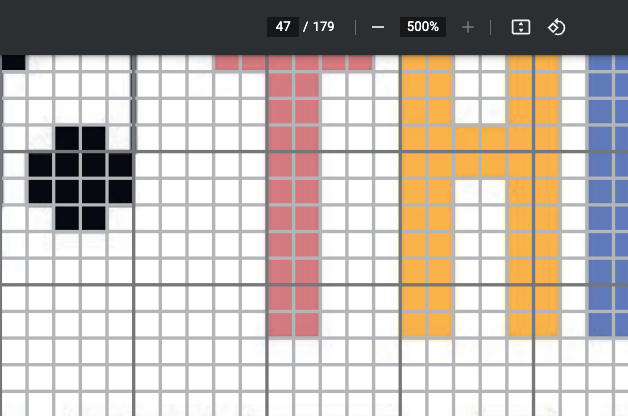
Another advantage of the eBook is the floss conversion chart on page 169. Jennifer Dargel lives in Germany, where Anchor floss is more readily available. Our editors conveniently created a conversion chart from Jennifer's Anchor floss to the corresponding DMC floss color. With a PDF version of this book, you can print the conversion chart and the cross-stitch design page for easy reference when shopping for the floss you need. (Please note: Printing permission is given for PERSONAL USE ONLY.)
If you’ve never tried cross-stitch but want a new hobby to help you slow down and unwind, cross-stitch is one of the few crafts that require very little to get started and won’t break the bank if you decide to stick with it. Or, if you’re like me and have sworn off cross-stitch before, I highly recommend giving it another go with a little bit of help (or permission) from Jennifer Dargel.
